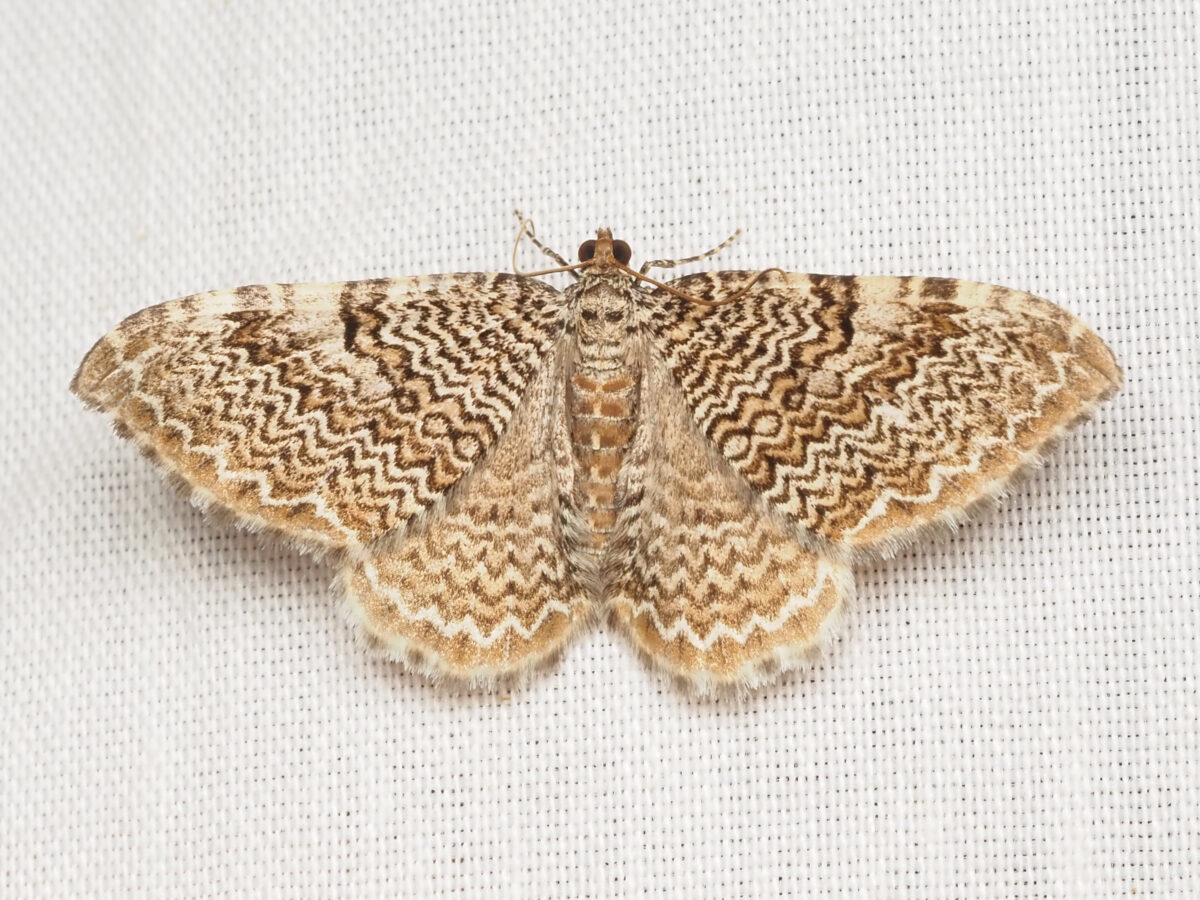NEW: Alabama Audubon names 2024 Bird of the Year: see why it matters [PHOTOS]
Reading time: 4 minutes
![NEW: Alabama Audubon names 2024 Bird of the Year: see why it matters [PHOTOS] 1 Alabama Audubon](https://i0.wp.com/bhamnow.com/wp-content/uploads/2024/02/IMG_2097-e1707017679480-1200x630.jpeg?resize=1200%2C630&quality=89&ssl=1)
On Friday night, the oldest conservation organization in the state, Alabama Audubon, announced its first-ever “Bird of the Year” at the Historic Clubhouse on Highland in Birmingham.
The winning bird for 2024 – Drumroll, please… the Cedar Waxwing.
While the winners of this new designation weren’t around to acknowledge the recognition, Alabama’s bird watchers certainly took note.
The audience was delighted by the choice. Scot Duncan, Alabama Audubon’s Executive Director, shared with Bham Now why the group chose this unique bird.
“It’s a strikingly beautiful bird with really interesting behavior. The Cedar Waxwing is most abundant in Alabama during the winter, when large flocks roam the landscape looking for ripe fruits.
Most bird watchers think of it as a winter species, but it is found year-round in Alabama, and breeds in small numbers in the northern part of the state. Cedar Waxwings also need special attention because it is our number one bird that collides with windows here in Alabama.”
![NEW: Alabama Audubon names 2024 Bird of the Year: see why it matters [PHOTOS] 6 Bird of the Year](https://i0.wp.com/bhamnow.com/wp-content/uploads/2024/02/FullSizeRender-6.jpeg?resize=1200%2C779&quality=89&ssl=1)
Alabama Audubon’s Project Safe Flight
![NEW: Alabama Audubon names 2024 Bird of the Year: see why it matters [PHOTOS] 7 project safe flight alabama Audubon bird](https://i0.wp.com/bhamnow.com/wp-content/uploads/2023/08/project-safe-flight.jpeg?resize=1200%2C960&quality=89&ssl=1)
According to Duncan, bird populations in North America have declined 30% since the 1970s, and window collisions are one of the top killers.
Alabama Audubon is tackling the problem through a program called “Project Safe Flight.”
Here is how it works. Through a vast network of volunteers, Alabama Audubon monitors buildings in the major cities of Alabama to figure out which ones are causing the most deaths.
Once they find out where the problems are — the group will start working with building owners to implement mitigation strategies to reduce those mortalities. This may include:
- Removing fruiting trees near windows
- Turning off unnecessary lights from midnight to 6 am
- Applying scientifically developed window stickers that prevent bird collisions
- Installing bird-safe glass that is visible to birds
“We chose the waxwing to be our “poster bird” for the year to highlight a really cool bird and draw some attention to its conservation needs,” added Duncan. “The species has declined 12% in North America in the past 10 years.”
Fun facts about the new “Bird of the Year”
Cedar Waxwing Slideshow:
In addition to being a symbol for conservation the Cedar Waxwing has some unique and funny traits.
For example:
- On their wings, they have waxy spots that look like little red-painted fingernails. Both males and females have them, and scientists have no idea what function they serve.
- In the winter, they eat fruits. In the summer they mainly eat insects.
- The waxwing’s behavior changes seasonally, as well. In winter, they’re very social and form the tightest flocks in North America. After hormonal changes in spring, they don’t want to flock, and instead just hang with their mate to raise young.
![NEW: Alabama Audubon names 2024 Bird of the Year: see why it matters [PHOTOS] 12 Alabama Audubon](https://i0.wp.com/bhamnow.com/wp-content/uploads/2024/02/DSCN5123.jpg?resize=1200%2C1152&quality=89&ssl=1)
The Cedar Waxwing is also essential for the forests of Alabama.
“It takes a Cedar Waxwing about 25 minutes to swallow a fruit, digest its pulp, and poop out the seed. That is just enough time for the bird to fly away from the tree into a new area. By delivering seeds away from parent trees, waxwings help new trees and shrubs grow in our forests. In fact, most forest trees in Alabama rely on birds for the dispersal of their seeds, and waxwings are one of those that help out.”
~ Scot Duncan explaining how Cedar Waxwings support Alabama forests
To learn more about the bird of the year and the many programs at Alabama Audubon – from Project Safe Flight to its Coastal Bird Research — visit alaudubon.org

![NEW: Alabama Audubon names 2024 Bird of the Year: see why it matters [PHOTOS] 2 Audubon](https://i0.wp.com/bhamnow.com/wp-content/uploads/2024/02/IMG_3412.jpeg?resize=900%2C1200&quality=89&ssl=1)
![NEW: Alabama Audubon names 2024 Bird of the Year: see why it matters [PHOTOS] 3 Alabama Audubon](https://i0.wp.com/bhamnow.com/wp-content/uploads/2024/02/FullSizeRender-7.jpeg?resize=1200%2C900&quality=89&ssl=1)
![NEW: Alabama Audubon names 2024 Bird of the Year: see why it matters [PHOTOS] 4 Alabama Audubon](https://i0.wp.com/bhamnow.com/wp-content/uploads/2024/02/FullSizeRender-8.jpeg?resize=1200%2C900&quality=89&ssl=1)
![NEW: Alabama Audubon names 2024 Bird of the Year: see why it matters [PHOTOS] 5 Alabama Audubon](https://i0.wp.com/bhamnow.com/wp-content/uploads/2024/02/IMG_3410.jpeg?resize=1200%2C900&quality=89&ssl=1)
![NEW: Alabama Audubon names 2024 Bird of the Year: see why it matters [PHOTOS] 8 Alabama Audubon](https://i0.wp.com/bhamnow.com/wp-content/uploads/2024/02/RSCN3646.jpg?resize=1200%2C900&quality=89&ssl=1)
![NEW: Alabama Audubon names 2024 Bird of the Year: see why it matters [PHOTOS] 9 Bird of the Year](https://i0.wp.com/bhamnow.com/wp-content/uploads/2024/02/DSC_2859.jpeg?resize=800%2C1200&quality=89&ssl=1)
![NEW: Alabama Audubon names 2024 Bird of the Year: see why it matters [PHOTOS] 10 Alabama Audubon](https://i0.wp.com/bhamnow.com/wp-content/uploads/2024/02/DSCN5017.jpg?resize=1200%2C941&quality=89&ssl=1)
![NEW: Alabama Audubon names 2024 Bird of the Year: see why it matters [PHOTOS] 11 Alabama Audubon](https://i0.wp.com/bhamnow.com/wp-content/uploads/2024/02/DSCN5068.jpg?resize=1200%2C1028&quality=89&ssl=1)


